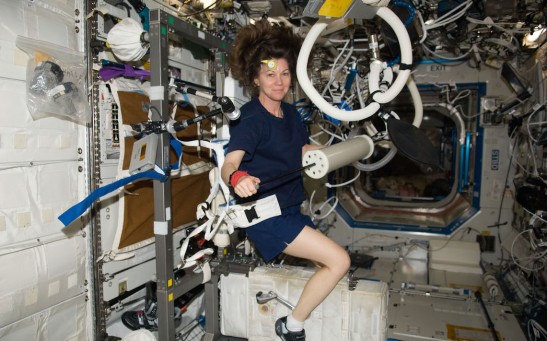nasa
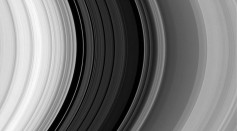
Seeing In Shades of Red—Revealing the Rings of Saturn
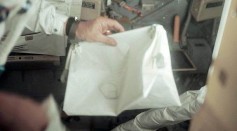
Neil Armstrong's Apollo 11 Artifacts Stowed Away For More Than 40 Years
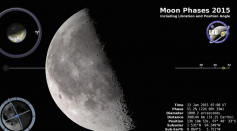
What Lies On the 'Dark Side' of the Moon?
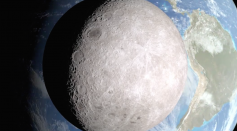
Thanks To Lunar Reconnaissance Orbiter NASA Reveals What Lies on the Dark Side of the Moon
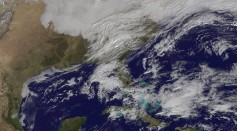
NASA & NOAA Satellites Reveal Stunning View of Record-Breaking New England Winter Storm

SpaceX Rocket to Launch Dscovr Satellite Tonight
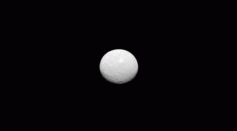
Will Dawn Find Life on Ceres? What NASA Has to Say About Possible Life on the Dwarf Planet

NASA’s Dawn Captures Unseen Image of Dwarf Planet Ceres in Asteroid Belt
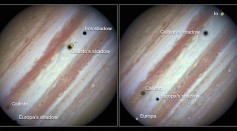
Three Moons Cast Shadow on Striped Gas Giant—Jupiter
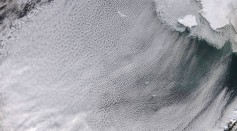
NASA Satellite Reveals ‘Cloud Streets’ Over Bering Sea
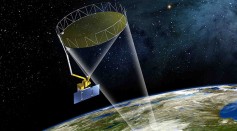
SMAP Launch Promises New View of Earth’s Soil—From Space

NASA Climate Research Satellite Launch Postponed Due to Fast Winds
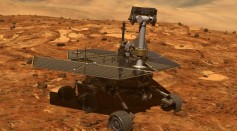
Opportunity Rover Celebrates 11 Years on Mars

SMAP Craft Set to Move to Launch Pad
Most Popular

AI Revolution in Medical Education: Transforming How Healthcare Professionals Learn

Exploring Life Beyond Earth: Study Claims Other Planets Could Be Suitable for Alien Life

China’s Tiangong Space Station to Expand Its Capabilities With New Modules

Out of Office, Not Out of Mind: Planning for Employee Holiday Absences

